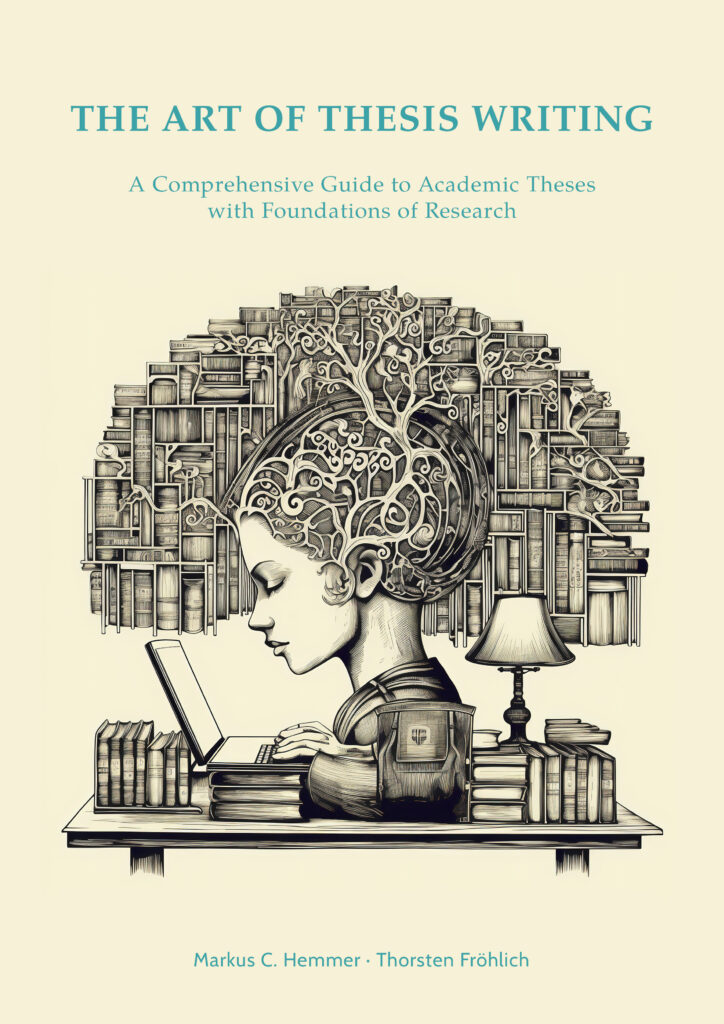A Bibliography is an organized list of all the sources referenced in the work, demonstrating the breadth of research and crediting the original authors. For all academic writings like a bachelor thesis, master thesis, doctorate thesis, or capstone project, a bibliography acknowledges the scholarly efforts that paved the way for the research.
In a bachelor thesis, the bibliography is evidence of the student’s engagement with existing literature and might typically include textbooks, articles, and online resources. An entry might look like, “Smith, J. (2020). The effects of social media on communication. Communication Today, 15(3), 117-123.”
For a master’s thesis, the bibliography is expected to be more comprehensive, including a wide array of primary and secondary sources. A citation might read, “Doe, A. (2018). Advanced analytics in marketing. Journal of Marketing Research, 22(4), 335-350.”
In a doctorate thesis, the bibliography not only includes extensive citations but also reflects the depth of the researcher’s immersion in their area of study. For instance, “Brown, C. (2022). Ethical implications of AI: A modern consideration. Philosophy & Technology, 29(1), 75-89.”
Capstone projects might have bibliographies that include case studies, government reports, and industry publications, indicating a practical orientation. For example, “Office of Health Affairs. (2021). Health service improvements in rural areas. Government Health Reports, 33, 48-59.”
A well-structured bibliography not only guides readers to study further but also anchors the research within the larger academic conversation. It is a crucial aspect of the academic integrity of the thesis.
Learn how to deal with the Bibliography from the book
The Art of Thesis Writing

